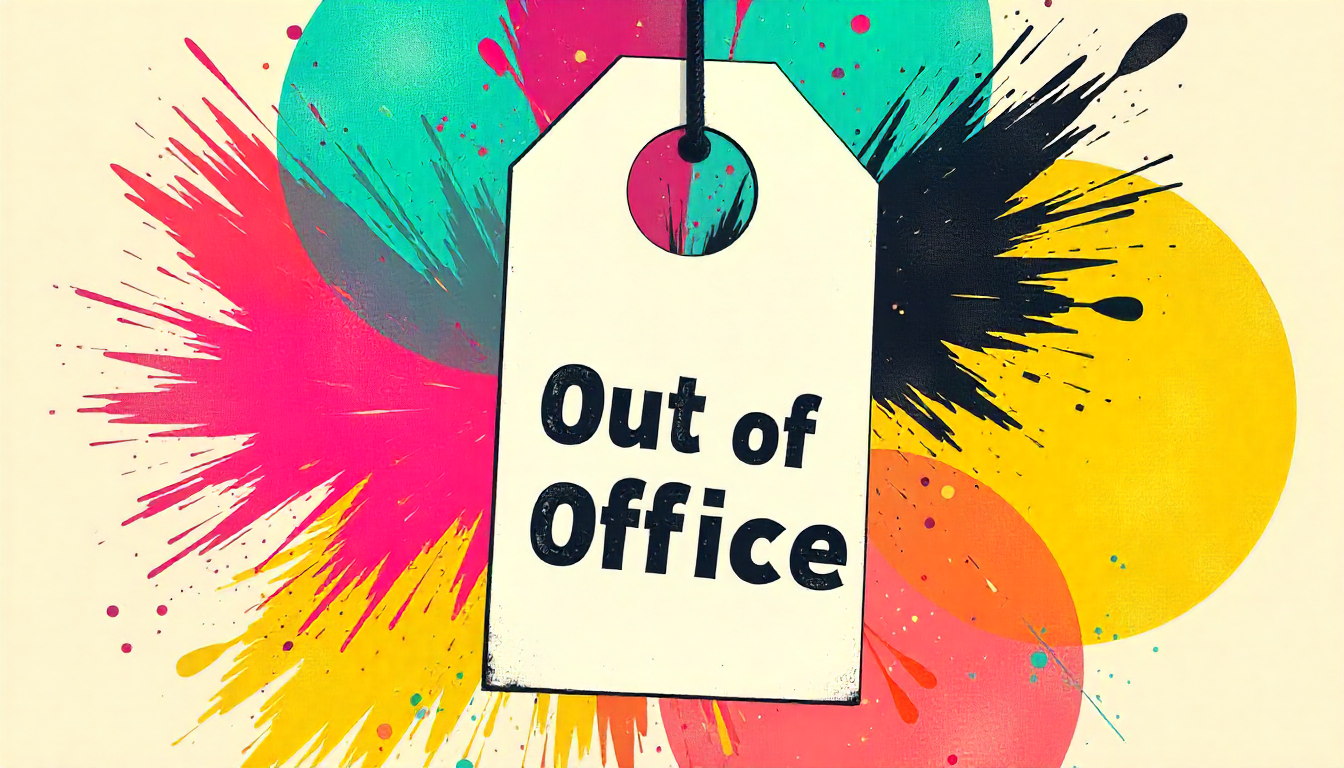Picture it. Valentine’s Day. Cleburne, Texas, 2025. There’s a small kitchen fire in an elderly woman’s apartment. Rooms fill with smoke as a sprinkler floods the kitchen to douse the flames. Firemen arrive. Unable to see through the smoke, they open windows; and as the smoke clears, they find my mom sitting in her recliner, wearing her oxygen, as if this was just a normal day. Surprisingly, she wasn’t smoking a cigarette.
That moment in time should have been the first clue that 2025 was going to be a challenge for my sister and me. Just finding an affordable apartment to move her to took some doing. What we weren’t prepared for, however, was how much the healthcare system is not built for the people using it. Or how quickly we’d find ourselves stuck in the loop of doctor visits that started with a hospitalization at the end of June—and is still going.
Cardiologist. Pulmonologist. Nephrologist. Hospitalist. Podiatrist. Neurologist. At this point, I’m not sure if we have any “ists” left to meet. Rest assured, by the time James and I left for New Orleans at the end of August, the only “ist” I wanted to run into was a mixologist. Or at least a good bartender. I should ask the hospital architects I know to work in a bar next to the nurse’s station on every floor.
Luckily, there are two of us to help navigate appointments so no one person is trying to balance work schedules with doctors’ visits. But that means coordinating with one another so we’re both in the loop on which doctor said what, which one prescribed which medication, and who has referred us to the next “ist” on the list. Because we know that’s coming.
But what if we weren’t available to do this? In the last four months, we’ve become acutely aware that anyone without a support system would never be able to handle the healthcare system in its current configuration. Our mom wouldn’t be able to manage, just from the basic standpoint of her not driving. Add to that her lack of computer savvy when most check-ins, billing, and appointment reminders are done through online portals, and we might as well set her on an ice floe and push her out to sea.
Conversely, the connectivity of the healthcare system has been helpful. Instead of a ton of phone calls, you pull up one or two portals and the information is there to review. That our mom is tied into a singular hospital network has been beneficial as well. Her pulmonologist was able to pull up an abdominal CT scan from her first ER visit at the end of June and see she has emphysema. She still required a full lung CT, but looking at the previous one answered some questions we had about her ability to maintain her oxygen levels.
Now if we can just get all the “ists” to talk with one another and coordinate her care—if only to make choices that make sense. Following her hospital stay at the end of July (yes, that was number two in two months, and for the same thing), her cardiologist referred her to cardiac rehab. I suspect because that’s just what you do. However, the rehab staff member who called to set up her first appointment received an earful. He didn’t know she can’t walk long distances due to occluded femoral arteries. Or that she has an enlarged heart. Or emphysema. Because no one told him. Instead, a referral was made, and the system said to give the patient a call.
Moments like that are the ones that really make us question what exactly is going on with the healthcare system—and who the system is really built for. The patient? Not necessarily. Staff? Certainly not the guy at the cardiac rehab center. Caregivers? Nope. But at least we’re better situated to help our mom navigate what’s happening with her care.
Provided, of course, we can avoid any more apartment fires.





